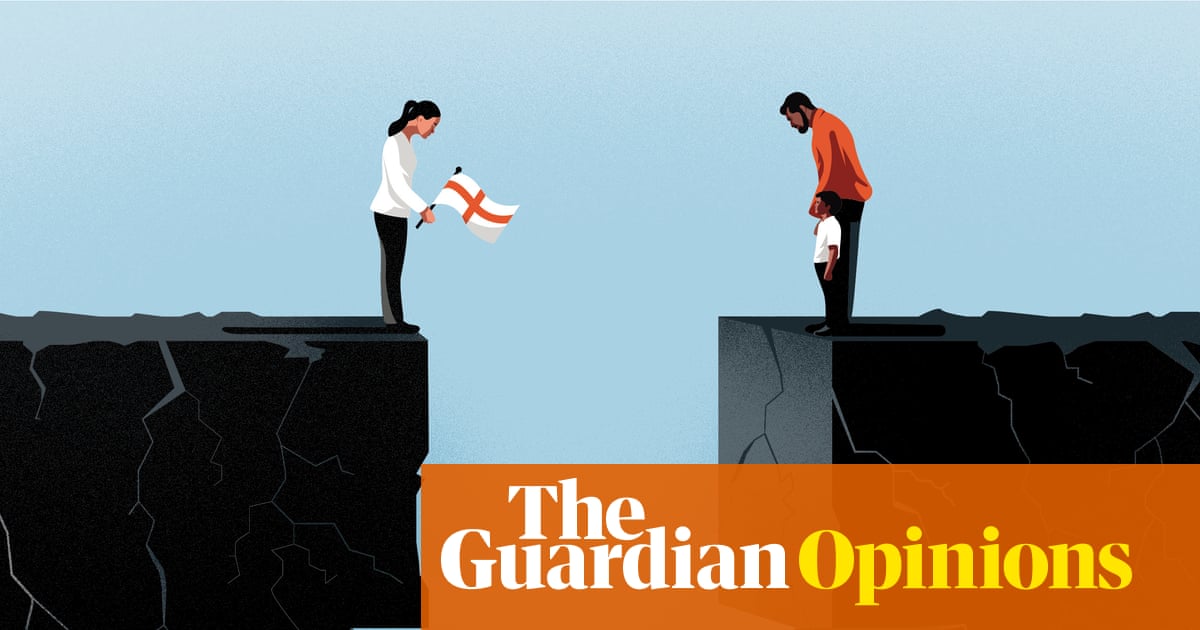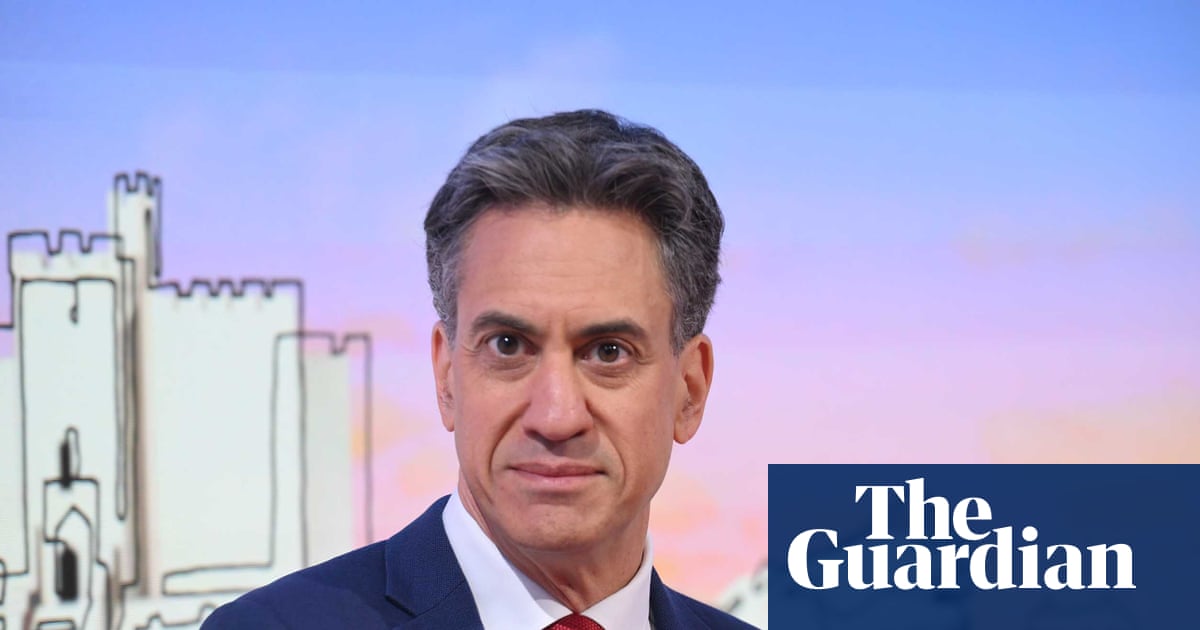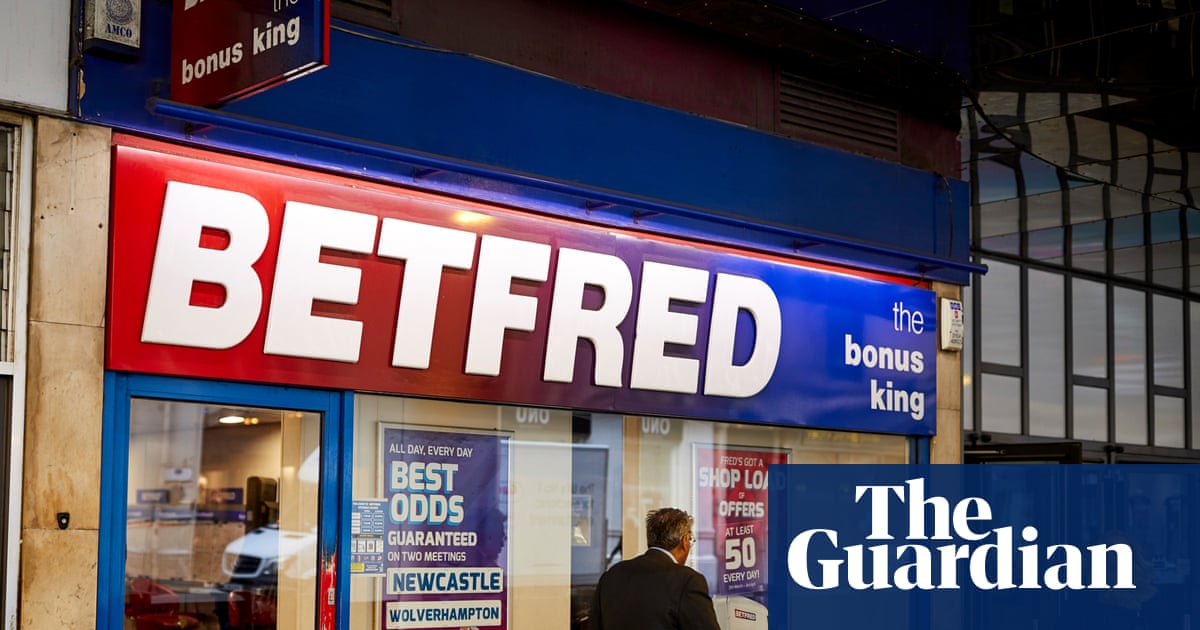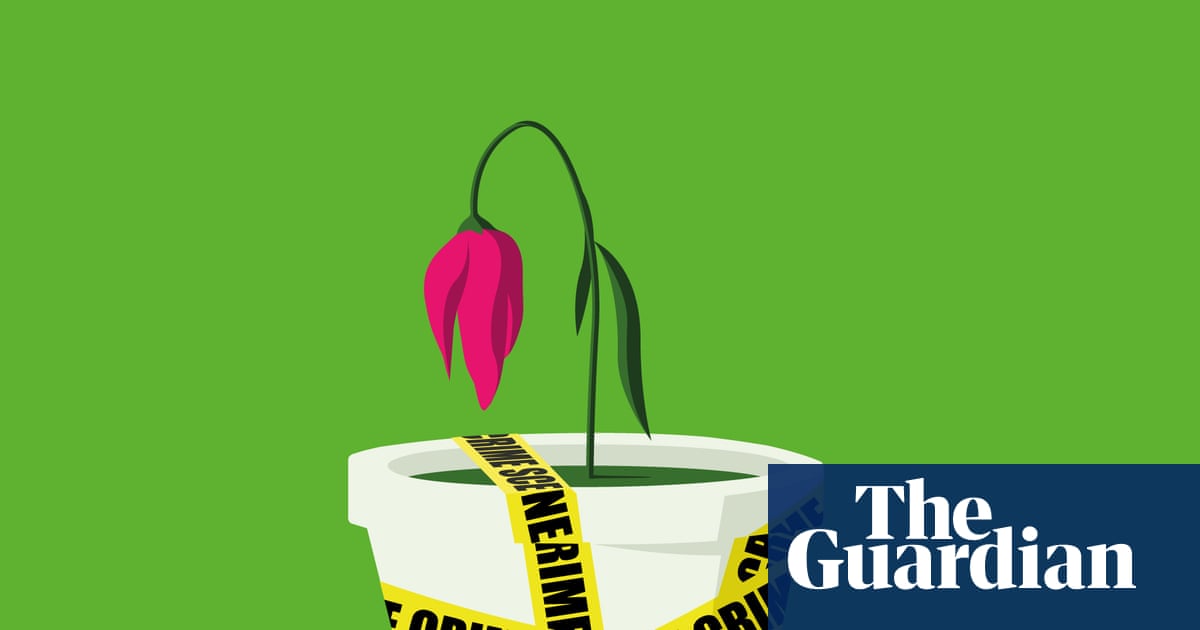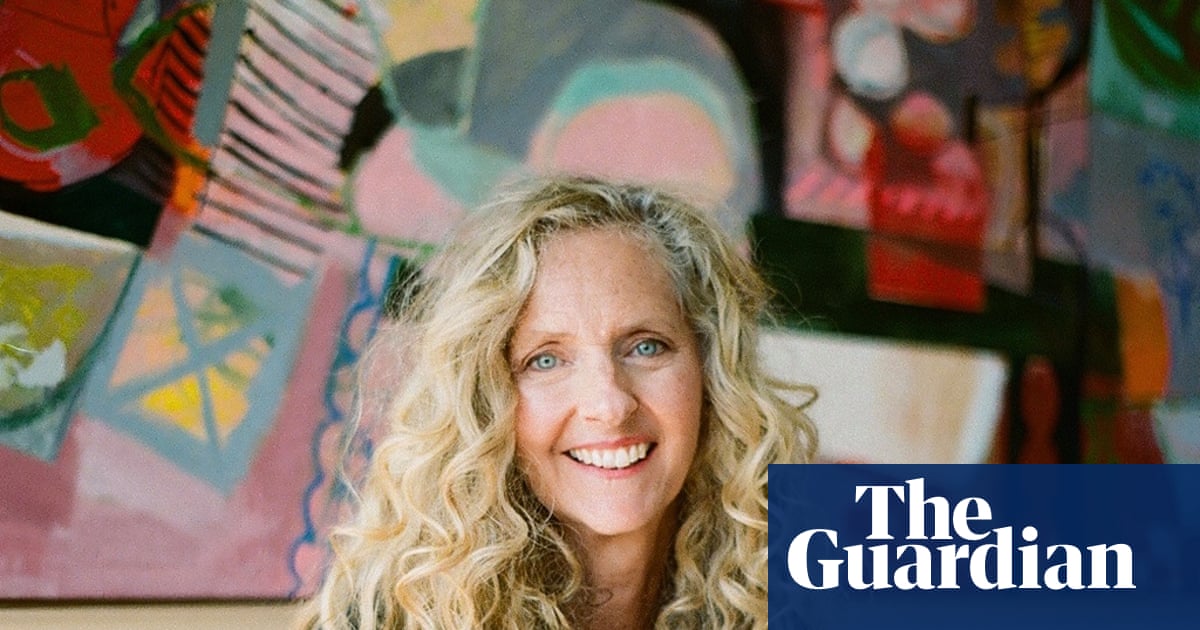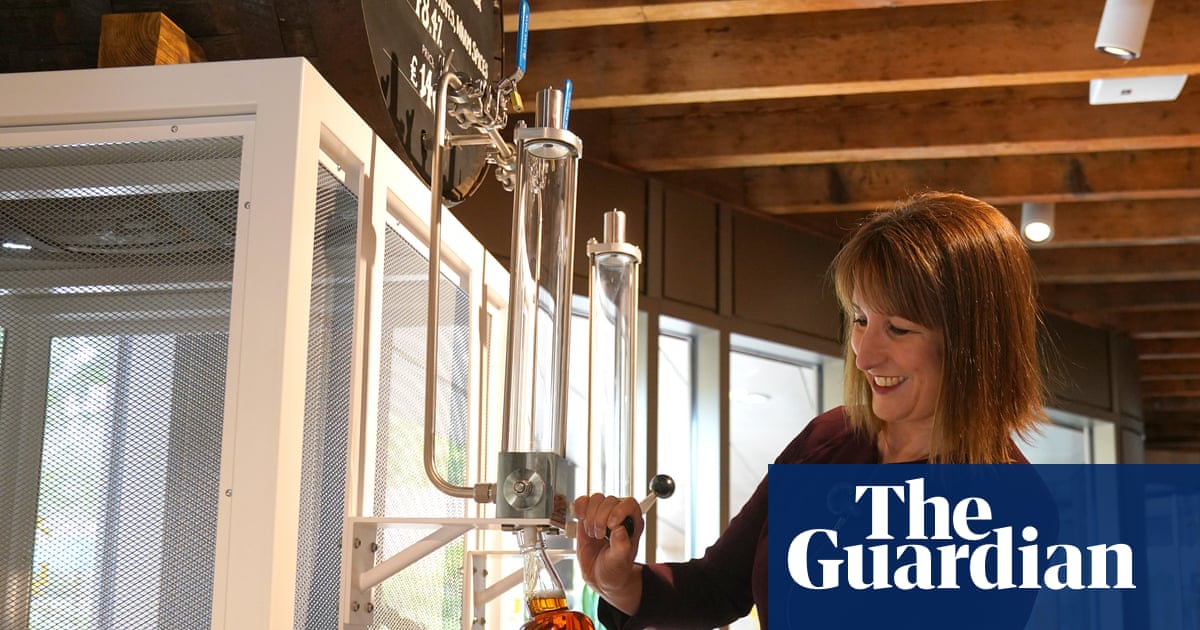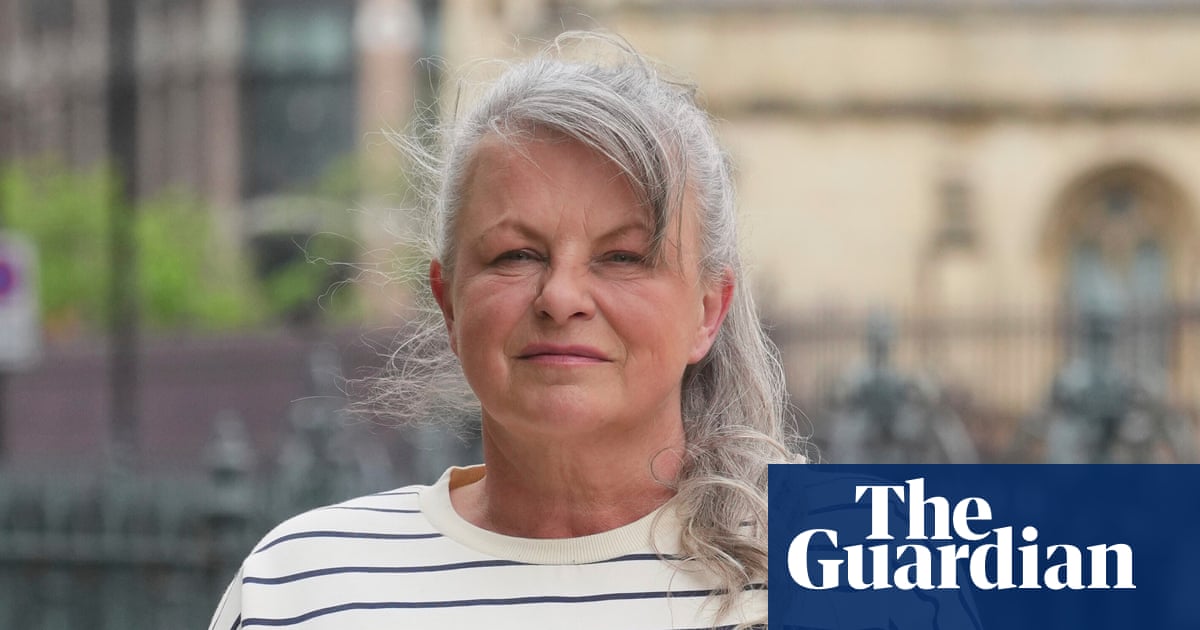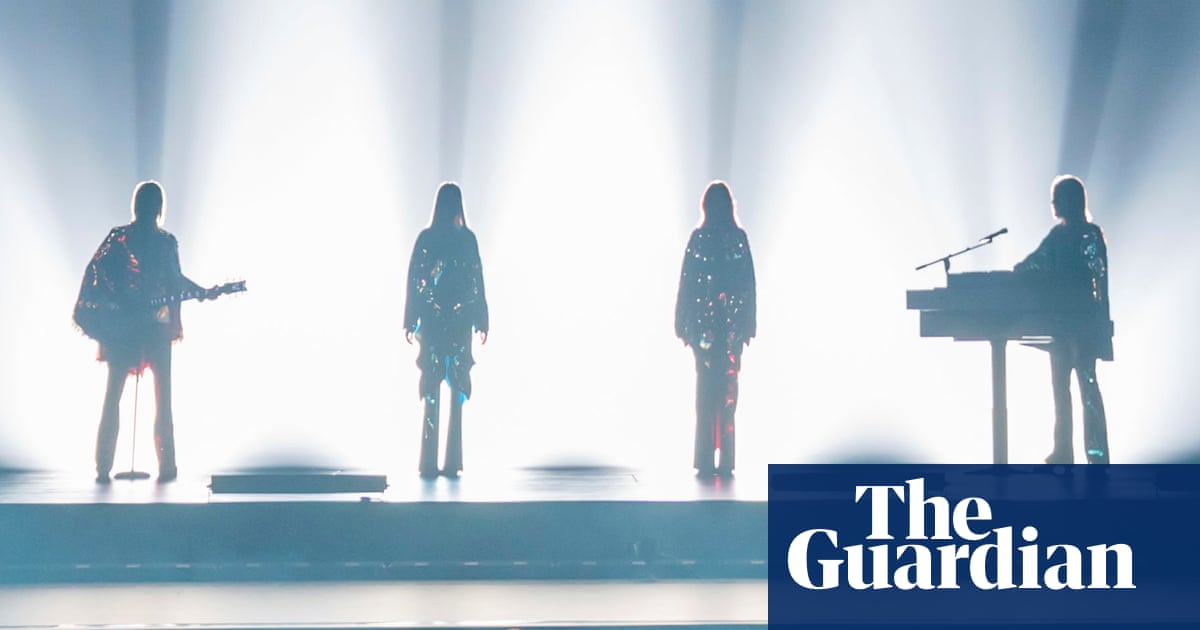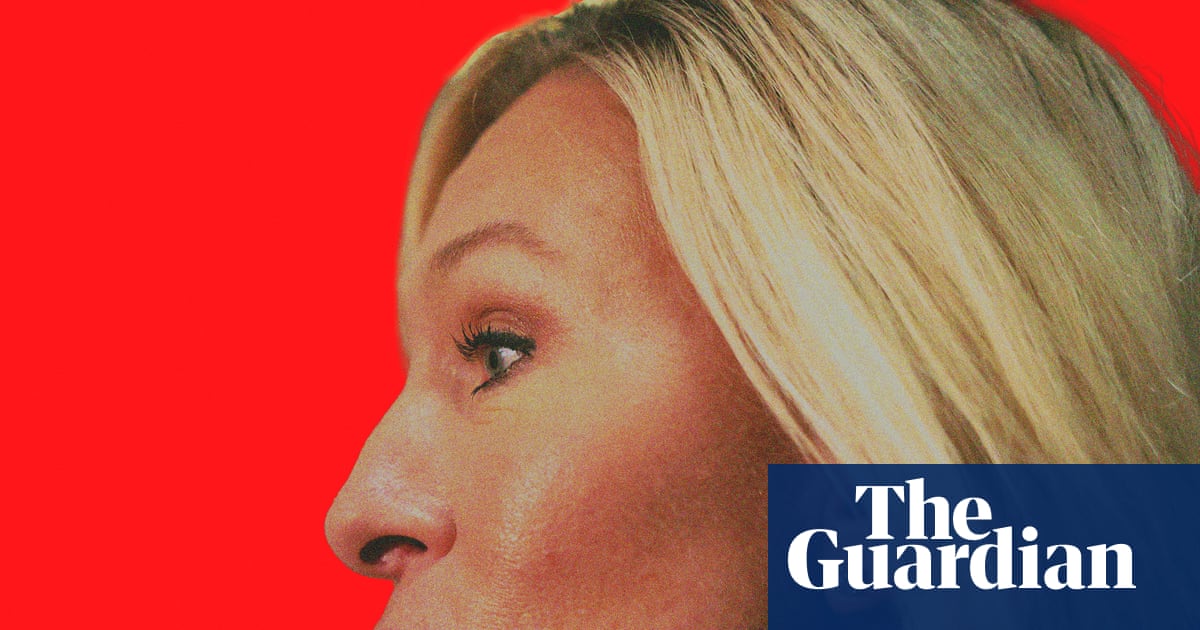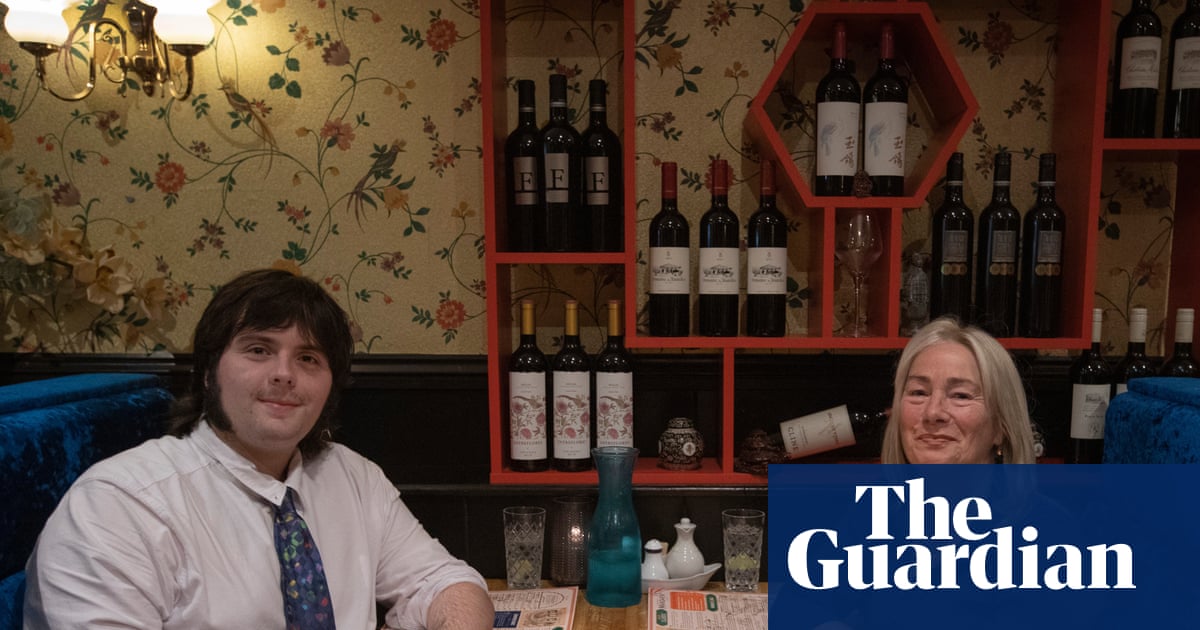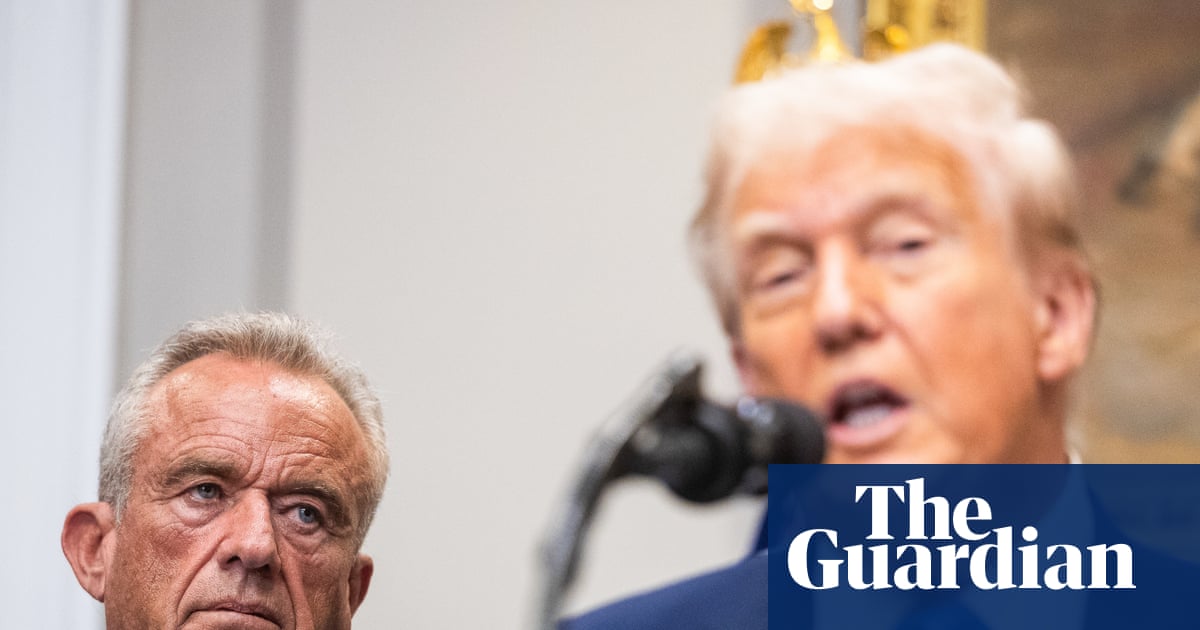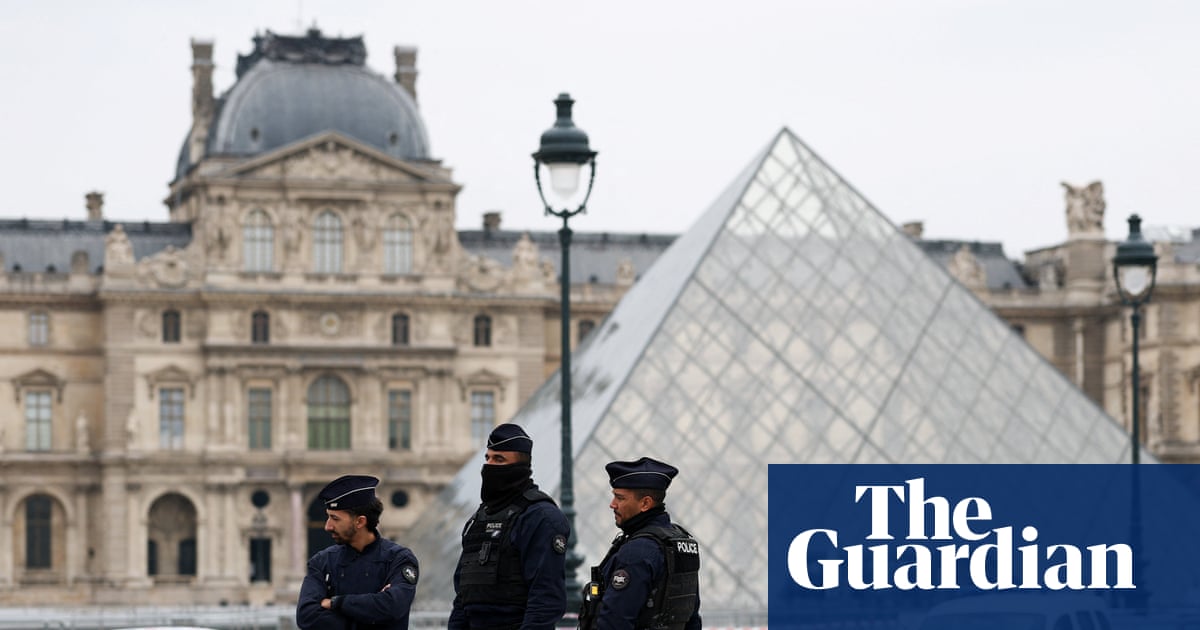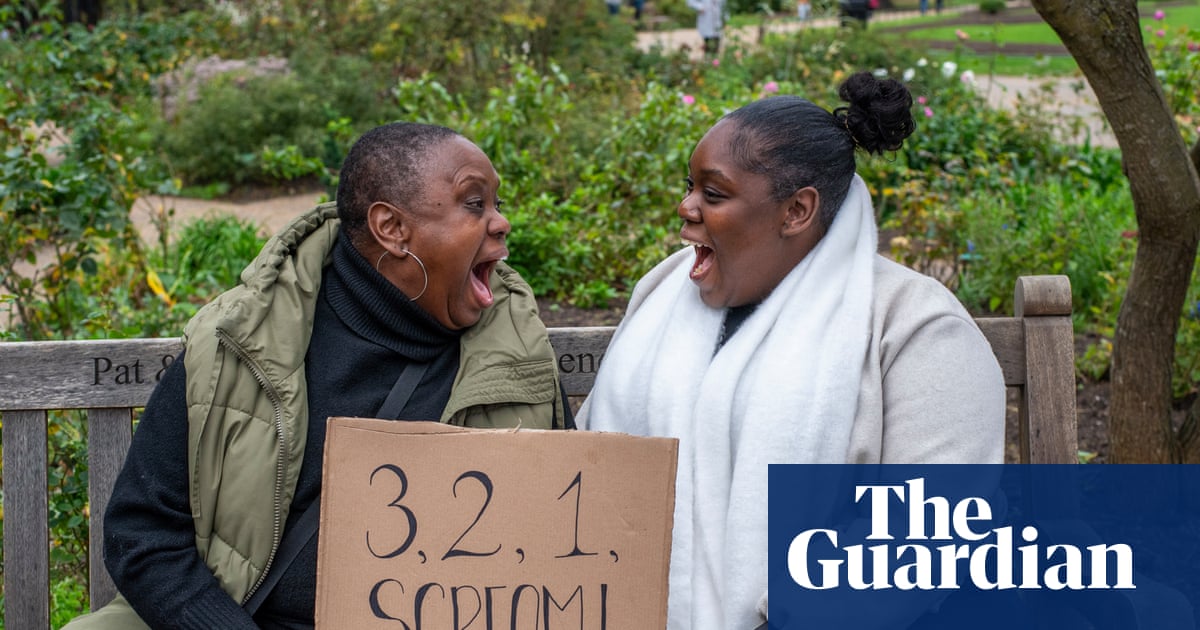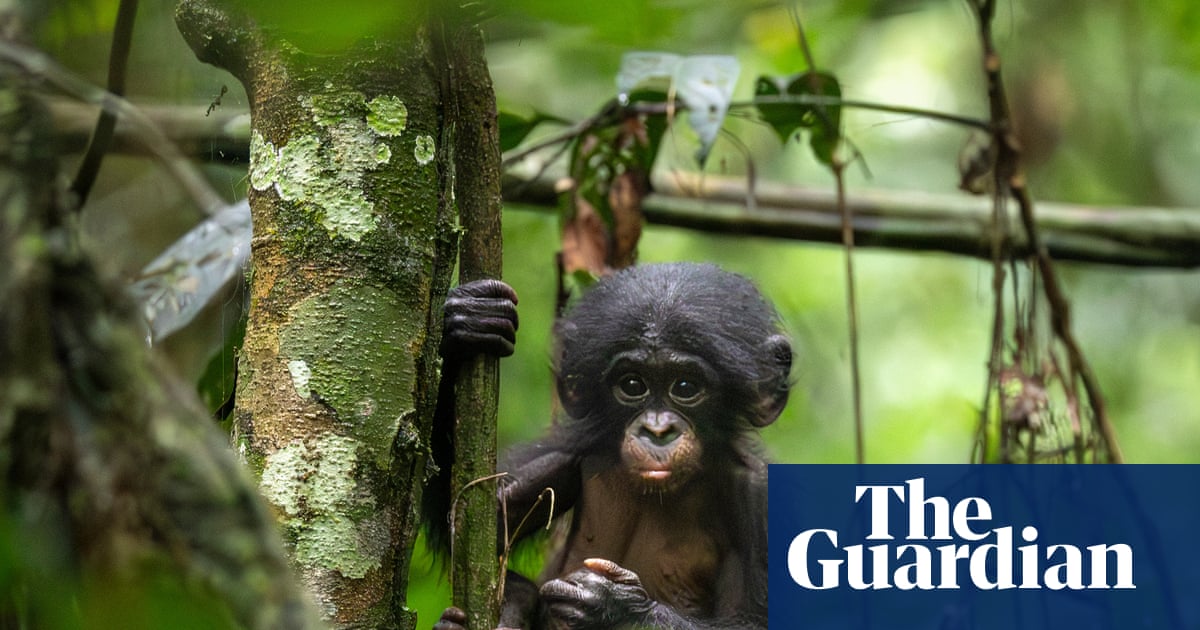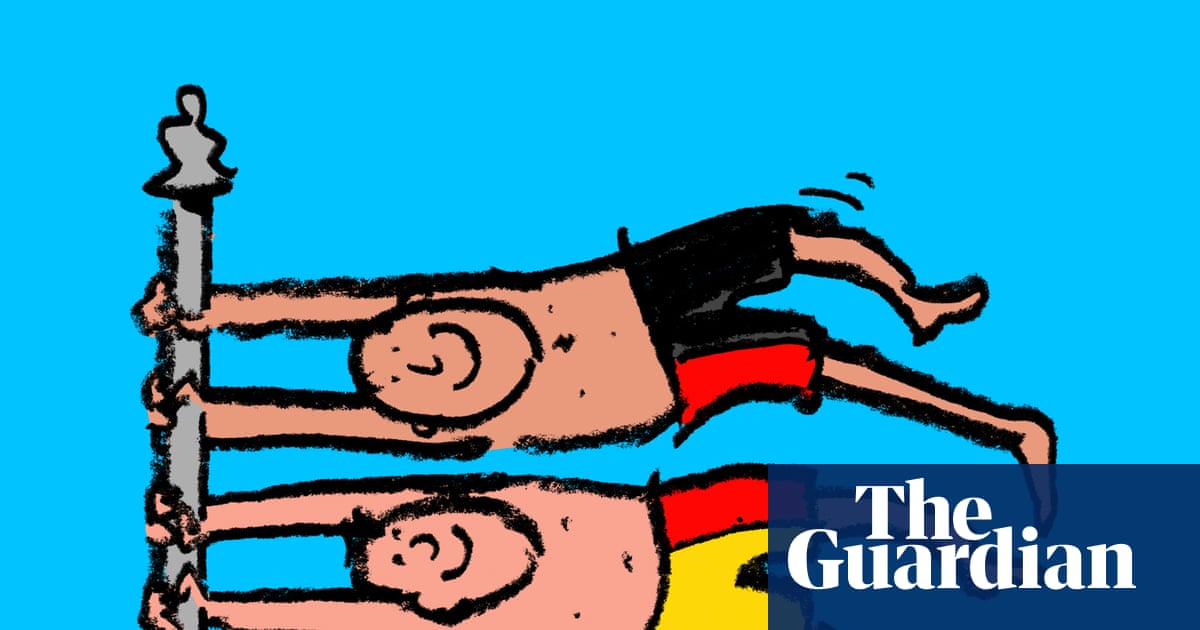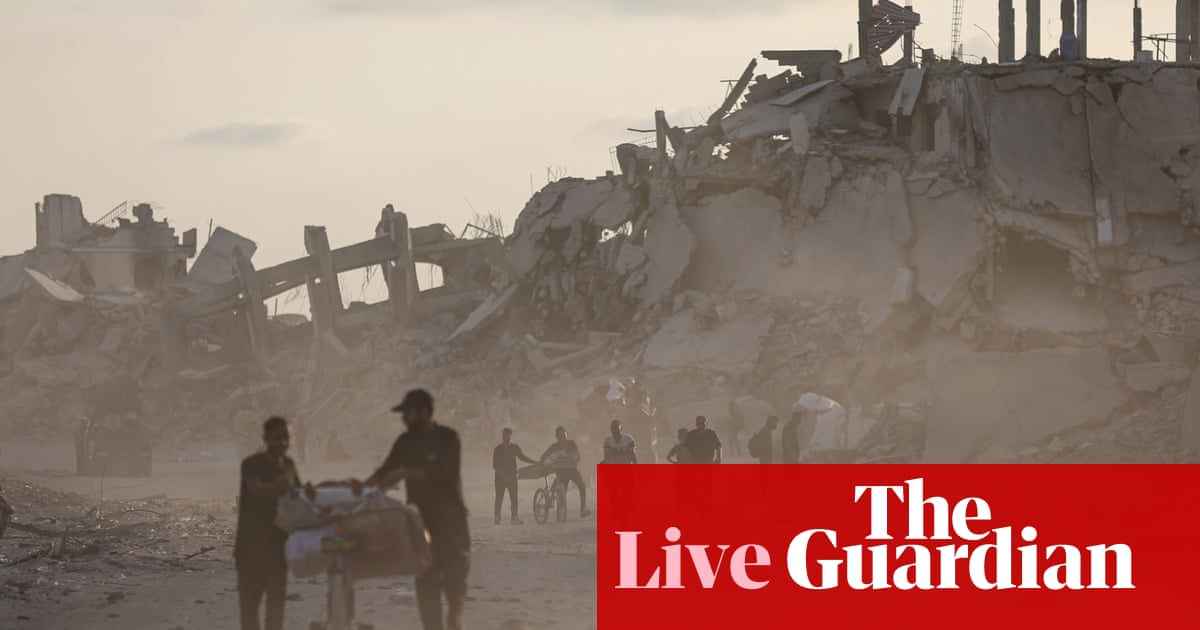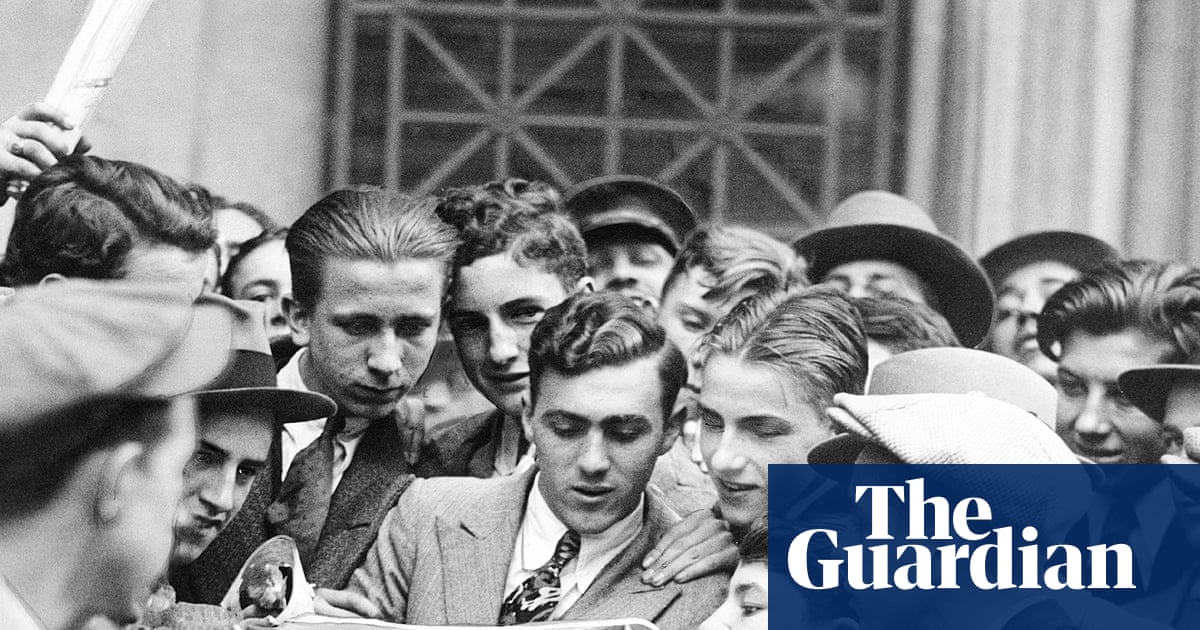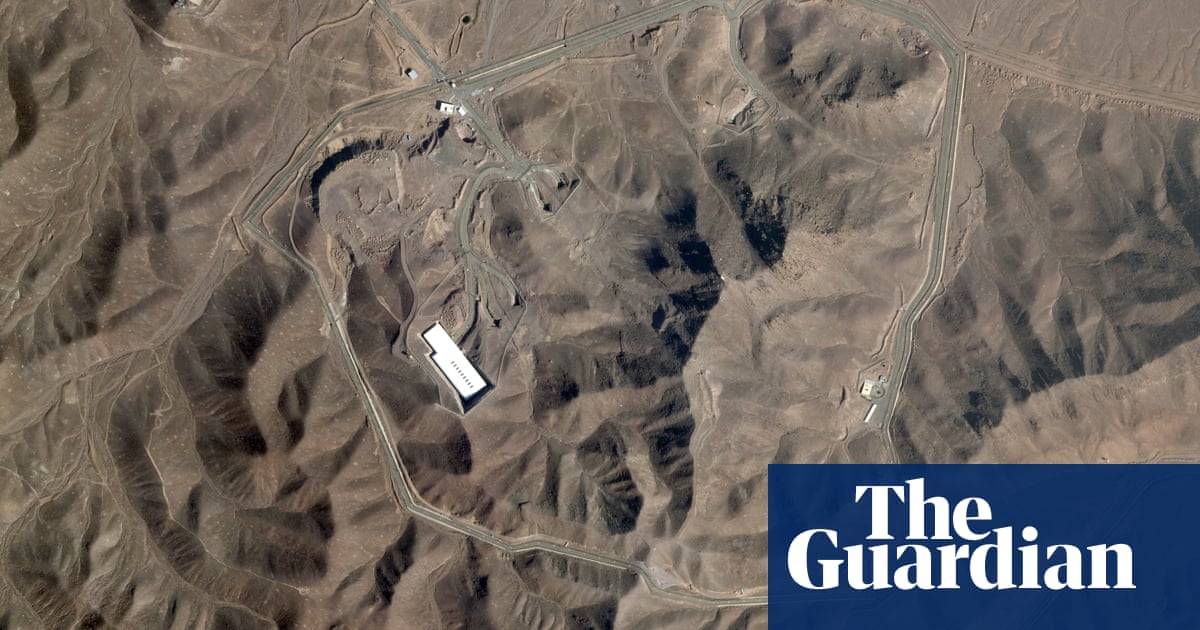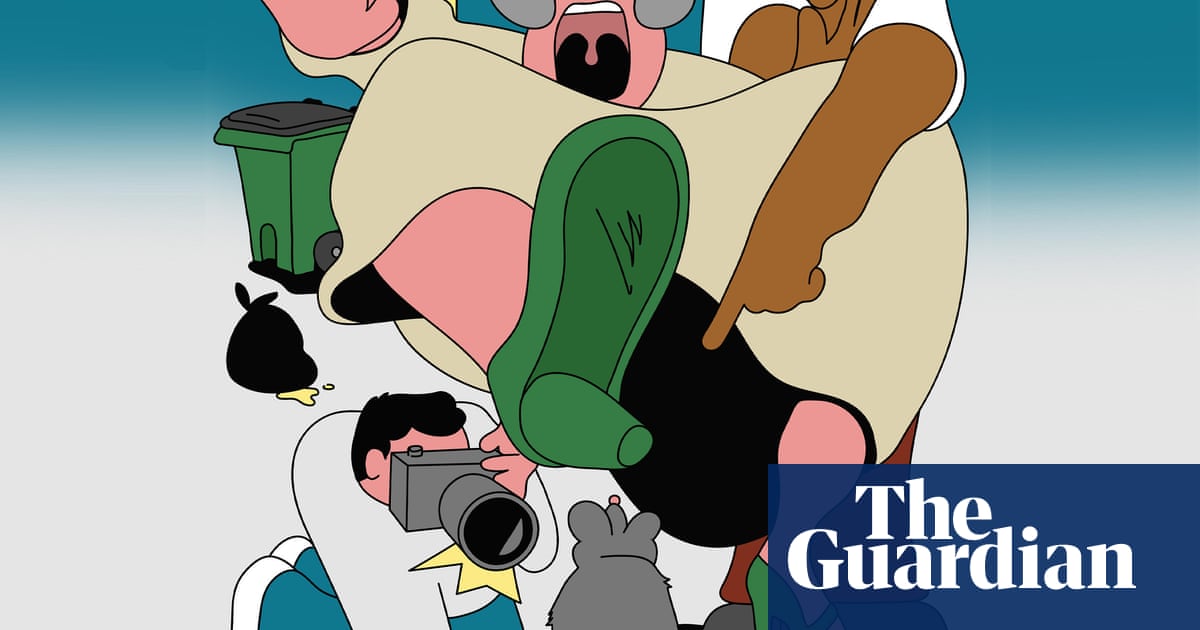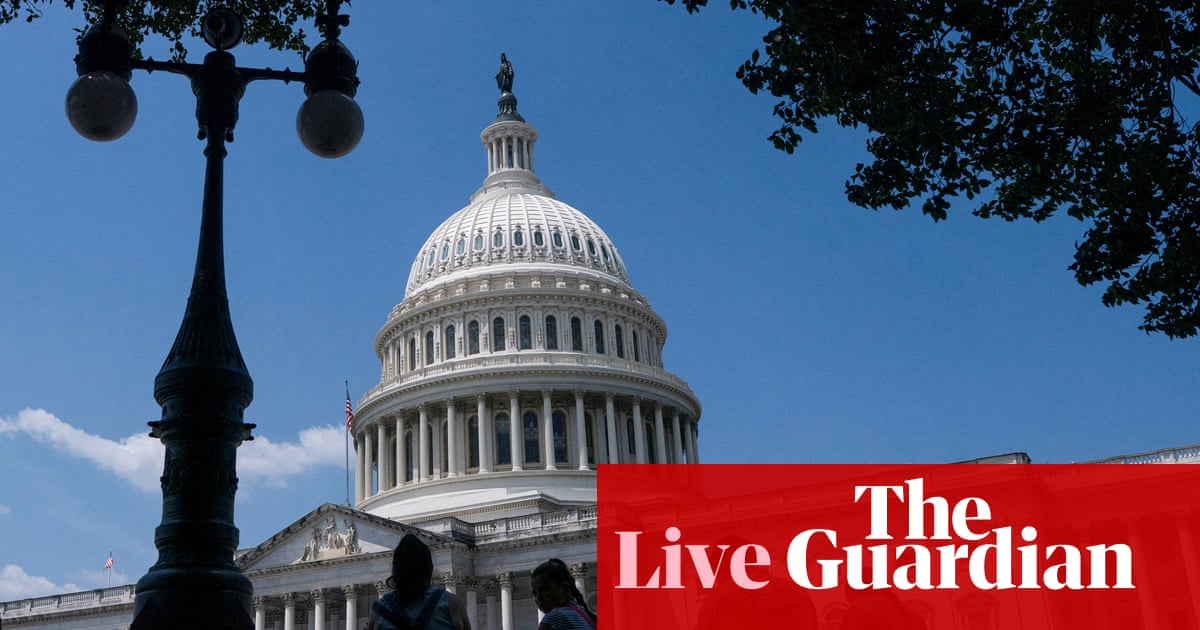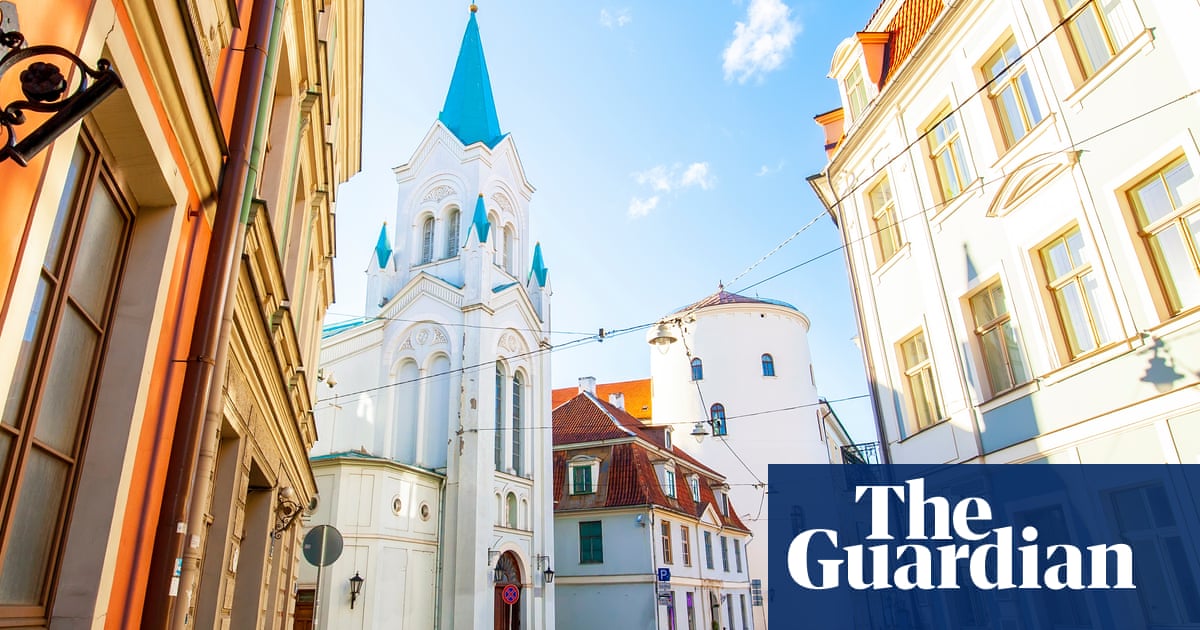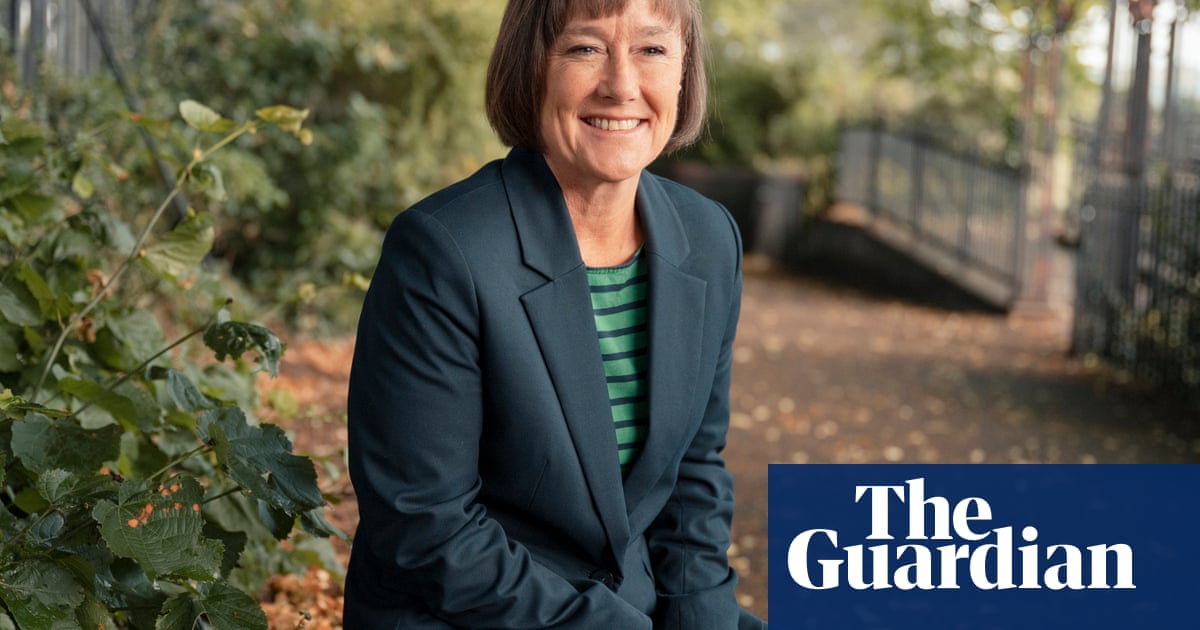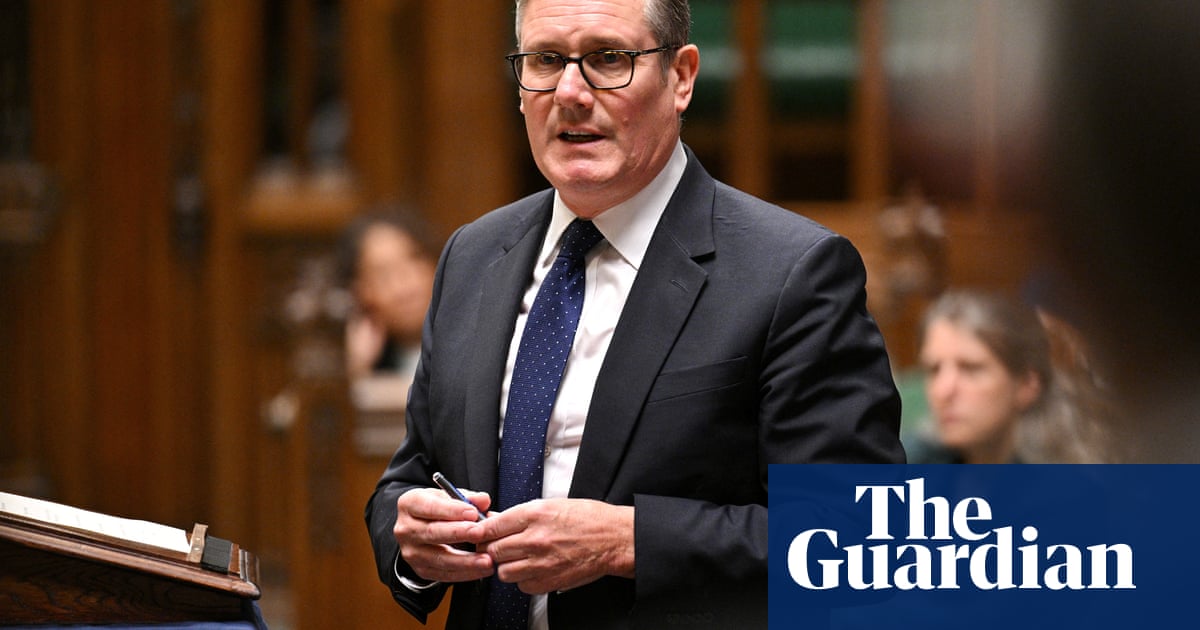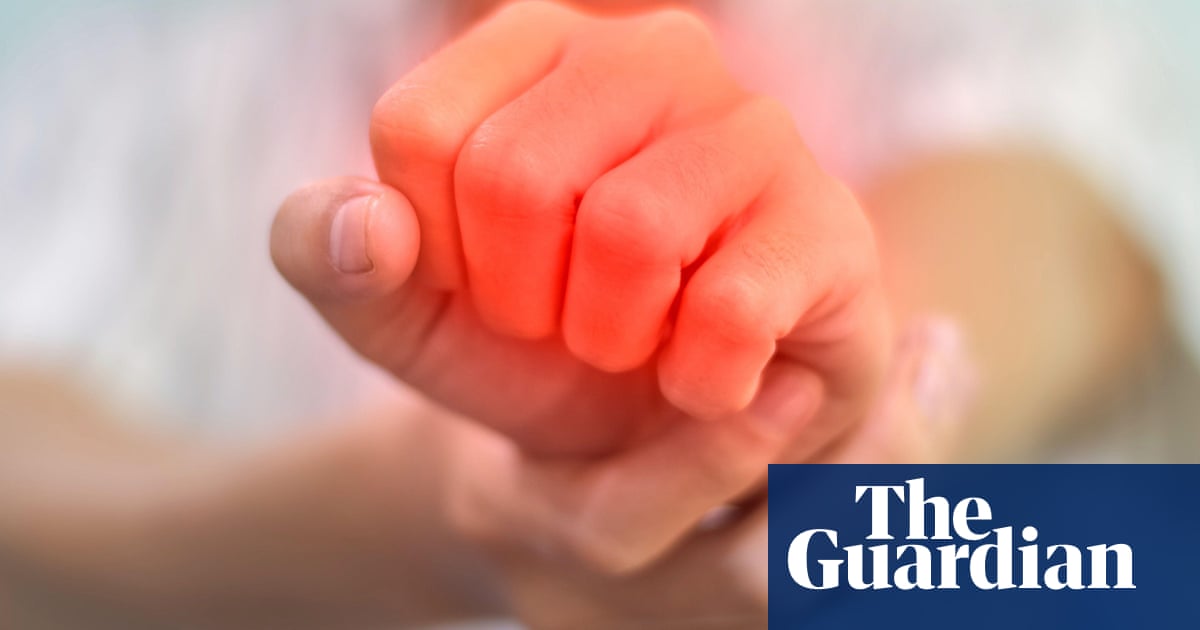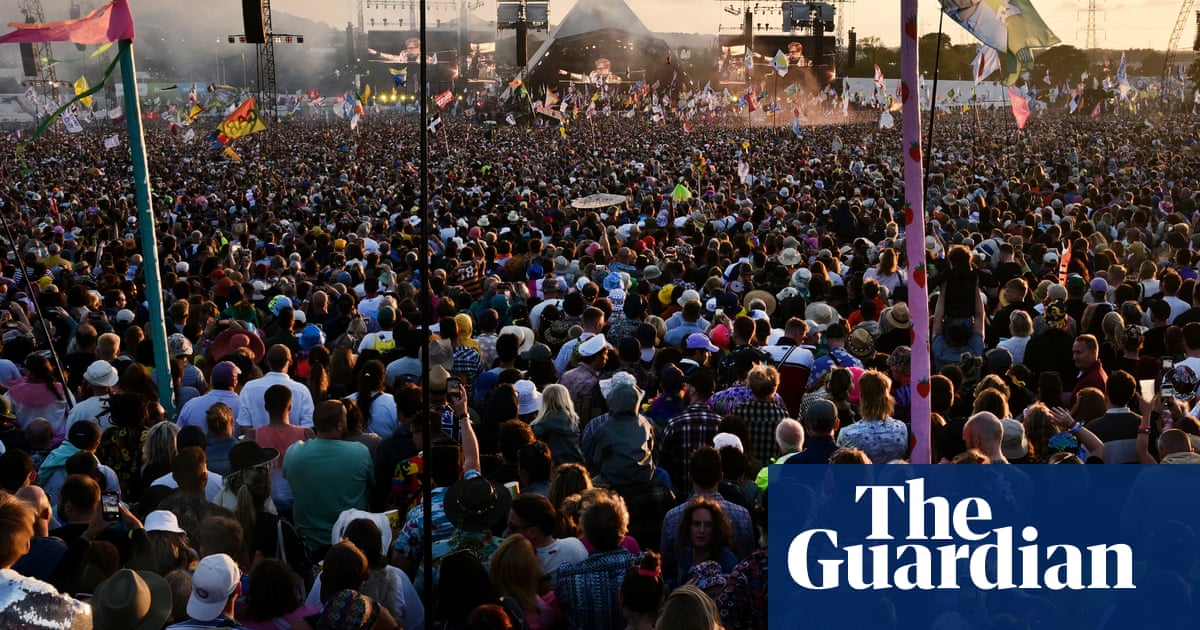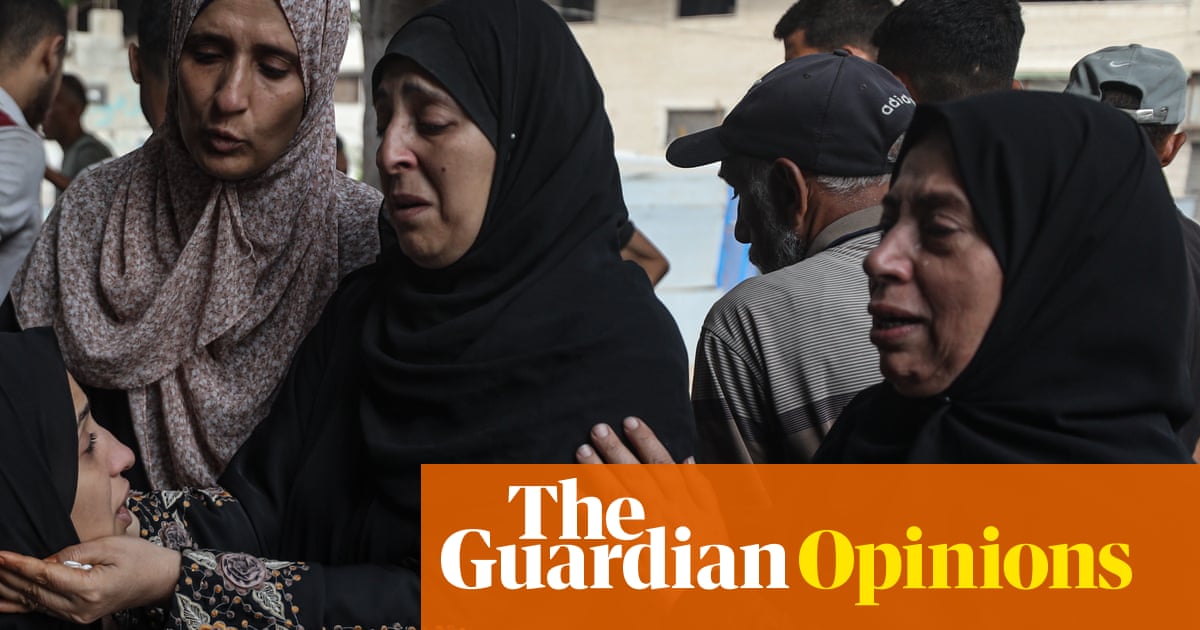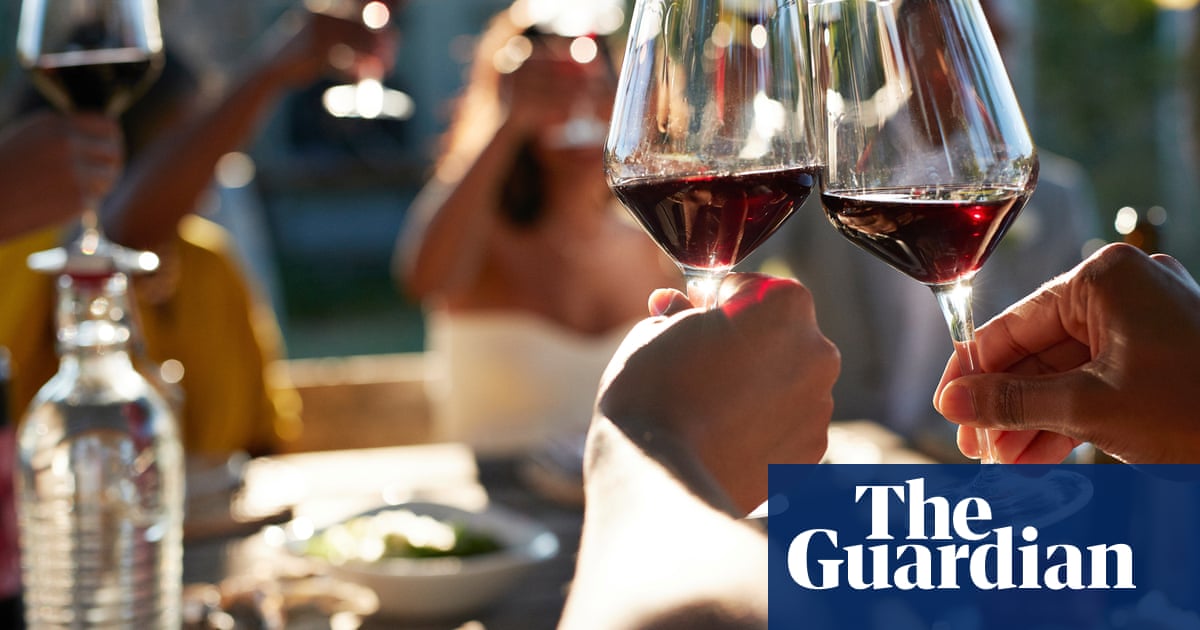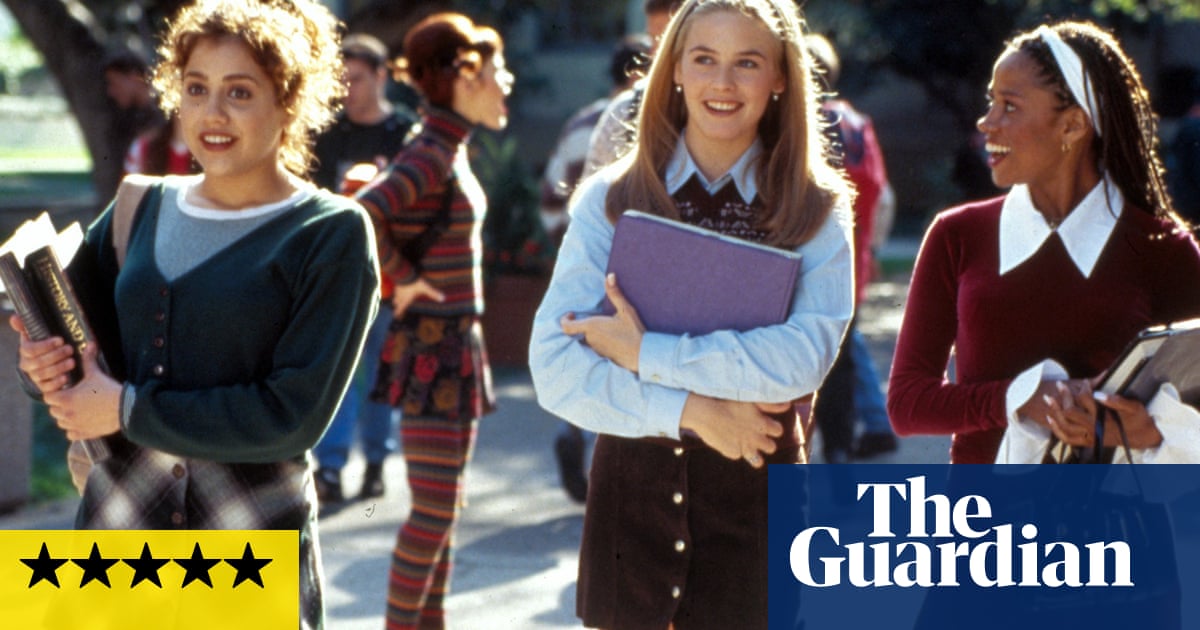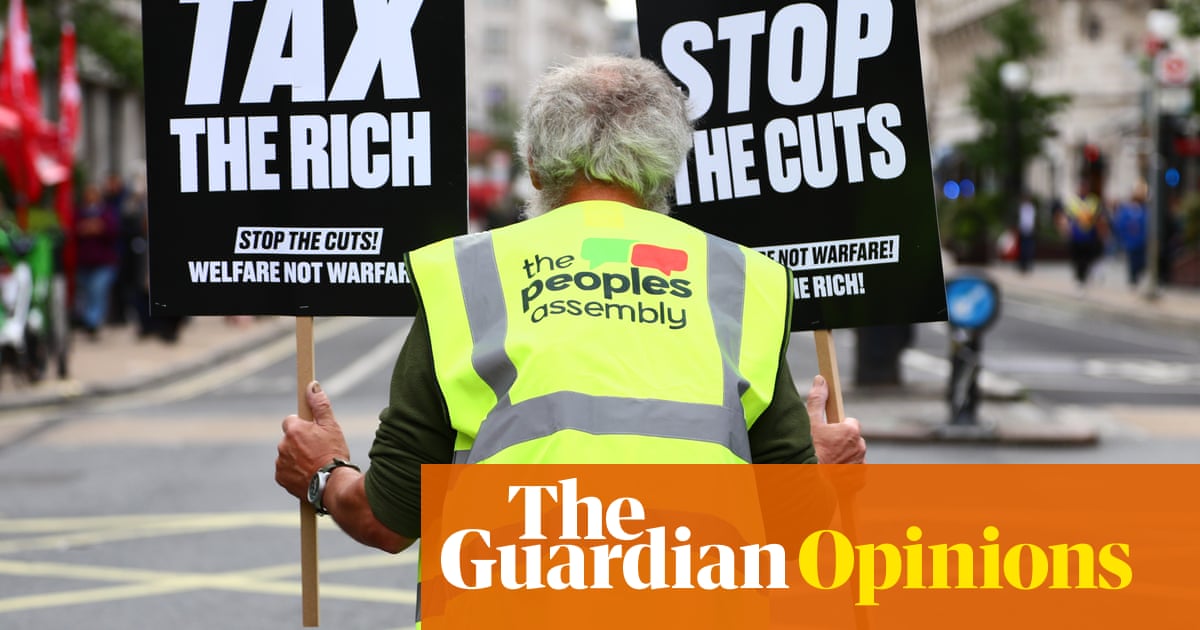The Caribbean Colombian village that proudly calls itself “the first free Black territory in the Americas” is on the verge of freeing itself once again – not from the Spanish crown, as it did in the early 18th century, but from local government control.
Just over 300 years after Spain recognised San Basilio de Palenque as a slavery-free territory, residents of the community, just 30 miles away from the touristic hub of Cartagena, are set to vote on finally becoming an independent town.
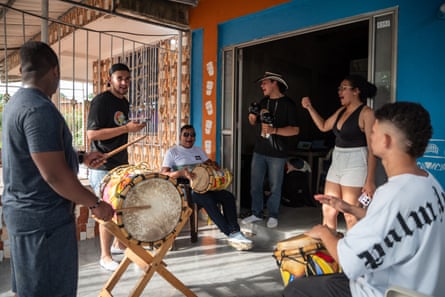
-
Young people rehearse their musical performance for the night of the Drum festival in San Basilio de Palenque
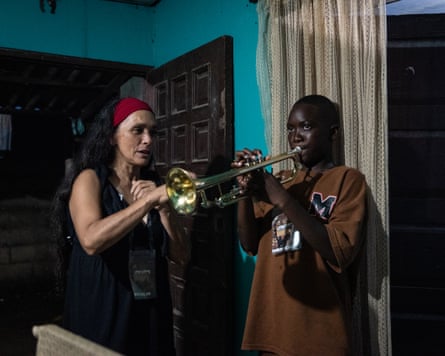
-
Ronny Farley, 13, a member of the group Son Caliente, practices for his performance at the Drum festival


-
Youth groups and folkloric group performs at the Drum festival
The town is the most famous Colombian palenque – the name given to communities formed by formerly enslaved people who escaped bondage – and is home to about 4,000 residents.
Despite its historical significance – recognised by Unesco as an Intangible Cultural Heritage of Humanity in 2005 – Palenque is at the moment no more than a division of another municipality, Mahates.
The town even has its own language, Palenquero, a mix of Spanish, Portuguese and African Bantu languages such as Kikongo and Kimbundu.
“Those who speak only Portuguese, Spanish or central African languages can’t understand Palenquero because it’s a unique language that mixes all of them,” said Manuel Pérez Salinas, 50, director of San Basilio de Palenque’s Drum and Cultural Expressions festival, which held its 40th edition last weekend.
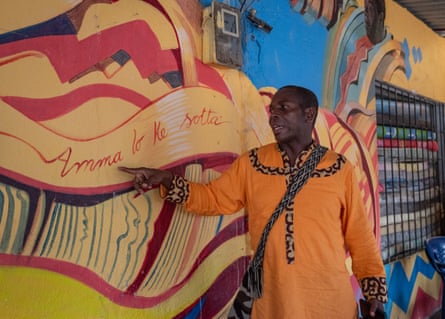
-
Manuel Pérez Salinas explains a phrase in the Palenquero language
But even as the village edges closer to its second “independence”, there is a sharp contrast between its cultural and historic significance and the profound lack of basic public services such as running water and sanitation.
Through the heart of the district, only a handful of streets are paved, and empty lots serve as improvised rubbish dumps. The dirt roads, often occupied by chickens – sometimes perched on a rooftop – and piglets, contrast with the vibrant colours of the house facades, many of which are adorned with astonishing murals depicting local historical figures.

-
Around San Basilio, there is graffiti depicting Afro-descendant people with words or phrases in the Palenquero language




On 30 November a referendum asking whether residents agree to becoming a town is expected to win broad approval from its inhabitants, who largely see administrative and budgetary autonomy as a way to improve the community.
But there is also some apprehension, as the change would lead the centuries-old community to face unprecedented challenges, such as holding its first-ever mayoral election.
“Becoming a city is something positive because it will bring more autonomy to the people, but it could also divide the community,” said Bernardino Pérez, 25, a community narrator who produces videos about Palenquero culture. Like all his siblings, he was also given an “African name” by his father: Ashanty.

-
Bernardino Pérez, also known as Ashanty, is 25 years old and is a community communicator and narrator from San Basilio de Palenque
“As a community, we’re trying to talk things through to avoid divisions, but it’s almost impossible not to have differing opinions because we still don’t have a clear idea of how the new municipality will work,” said Pérez.
It remains unclear what form its new political organisation will take in the village, which is now headed by a council-led community board.
Next month’s referendum is one of the final steps in that process, but there is still no indication of when the city will hold its first local elections.
“We also still don’t know, for instance, what will happen to our ancestral justice system,” said Pérez, referring to the Guardia Cimarrona, an unarmed guard made up of community members responsible for social order, conflict mediation and security, as there is no police station or battalion in the village.

-
Young people practise traditional dances from the community. These musical styles and dances have their roots in African rhythms

Cimarrón was the term used by Spanish colonisers to refer to enslaved and formerly enslaved people who rebelled and fled to form palenques.
With its strategic location on the Caribbean, Cartagena was one of the main ports for goods and enslaved Africans under the Spanish crown in the Americas.

-
The historic center of Cartagena is only 30 miles away.
In the early 17th century, a group of enslaved people led by Benkos Biohó, believed to have been born in Guinea-Bissau, escaped inland and founded one of the first versions of San Basilio de Palenque, which would not be officially recognised by the Spanish crown until more than a century later, through an agreement in 1713.
The name, in reference to Basil of Caesarea, came soon after. To this day, Palenqueros refer to the village either as San Basilio de Palenque, Palenque de San Basilio or simply Palenque, although there is a growing movement to call it Palenque de Benkos: not after a white saint, but a Black leader.
“Benkos was our liberator and one of the greatest figures in Black history – not only in Colombia, but in the world,” said Salinas, who last weekend delivered his opening speech at the drum festival just metres from a statue of Benkos in the central square.
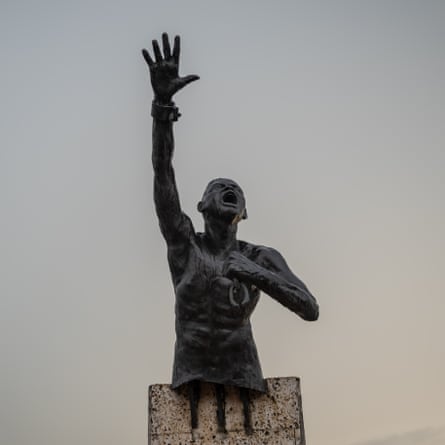
-
The town was founded in 1603 by enslaved people who fled Cartagena and settled in this inaccessible region. The main leader of this rebellion was Benkos Biohó

-
The commemorative plaque on the statue of Benkos Biohó
Just below the statue lies a clear symbol of Mahates city hall’s neglect of its soon-to-be former district: the story of Benkos inscribed on the stone is barely legible because roughly one-sixth of the plaque has broken off.
For historian and writer Javier Ortiz Cassiani, author of a book on Afro-Colombian history, although there is little historical documentation about Benkos, he “became a mythical figure and a symbol that evokes not only Palenque’s memory of resistance, but that of Black resistance across the Colombian Caribbean and throughout what is today the Republic of Colombia”.
The historian also notes that the title “the first free Black territory in the Americas” is still disputed and is likewise claimed by Yanga, in Mexico, also founded by formerly enslaved people and which, chronologically, was recognised by the Spanish crown earlier than Palenque, in the 17th century.

-
Javier Ortiz Cassiani, 54 years old, is a historian, university professor, writer and columnist
“The construction of Palenque as the ‘first free territory’ is political and stems much more from a memory of resistance than from empirical evidence,” said Cassiani. “In the end, the struggle to recover and affirm that history is one of reclaiming humanity. The logic of enslavement was dehumanisation, so the fight has always been to regain that humanity,” he added.
That effort has also involved the recovery of Palenque’s own language.
It is said that the Palenquero language emerged as a kind of secret code through which the cimarrones discussed escape plans and devised military strategies to resist attacks from colonial forces.
Most recently, however, the language came under a different threat.
Due to a lack of opportunities, many residents had to leave the village in search of work in other cities, where they faced discrimination for speaking their native tongue. “People said we spoke a broken form of Spanish,” said philologist and Palenquero teacher Regina Miranda Reyes, 59. “We were discriminated against for having a language of African ancestry, but we never gave up speaking it,” she said.
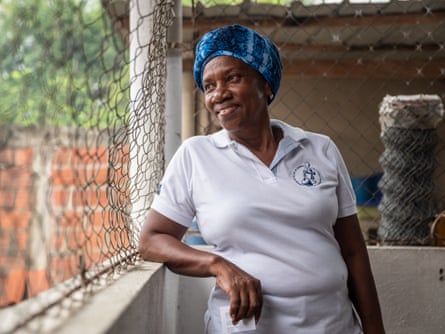
-
Regina Miranda Reyes is a cultural leader and one of the founders of the Drum festival. She offers guided tours at the Museum of Drums and Palenque Cultural Expressions

-
Regina Miranda shows a book of Afro-inspired poems related to San Basilio de Palenque
At the end of the 1990s, Palenquero was included in the village school curriculum, and today it is estimated that more than half the population speaks it. On a walk through the village streets, one hears both Palenquero and Spanish. Part of that revival, especially among young people, is also attributed to the local rap group Kombilesa Mi, which performs in Palenquero.
“Our culture, which goes beyond the language itself, had been fading, but there’s been a great effort to reclaim it through tradition and oral history, and we’ve been seeking it from our grandparents,” said Lauriana Hernández Pérez, 50, who was born and raised in San Basilio de Palenque but now lives in Cartagena, where she runs a shop selling African clothing.

-
Two women pose in front of their stall displaying products from their local business.
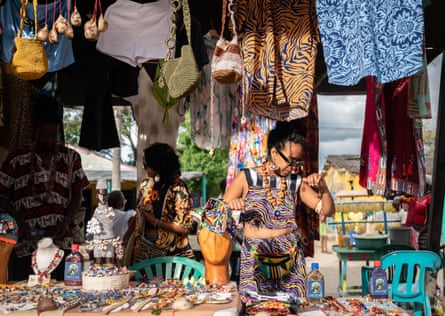
-
Products for sale are related to African elements, figures, symbols or representations that speak of ancestors
The diaspora in search of opportunity is still common – its most visible expression may be the dozens of Palenquera women, dressed in bright gowns and headwraps, balancing baskets of fruit on their heads as they pose for photos with tourists in Cartagena – and it will be one of many challenges awaiting the new city’s first mayor.
Currently an impoverished district, Palenque will, like any Colombian municipality, receive direct transfers from the federal government, though the amount remains uncertain. The new administration may also have to begin collecting local taxes to address the shortage of public services.
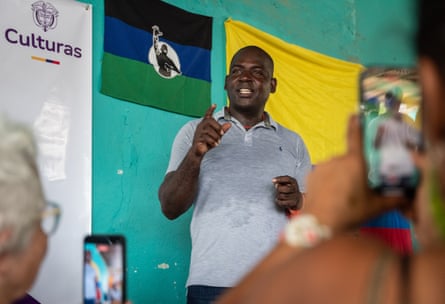
-
Andreus Manuel Valdés Torre, 46, a community leader of San Basilio de Palenque, in a Palenquero language workshop
“Obviously, there will be challenges,” said community leader Andreus Manuel Valdés Torre, 46. “But we’re trying to educate, train and prepare people to face those challenges as best as possible, without physical, verbal or social conflict.
“We hope it will become a model municipality for all of Colombia – and, why not, for the Americas as well,” he added.

.png) 3 hours ago
4
3 hours ago
4
